For nearby towns, the promise of increased tourism offered a new economic force to help bring the region out of decades of decline as the coal and timber industries diminished their operations. The promise of increased recreation business was important for Senator Byrd and the rest of the West Virginia congressional delegation as well. Since the early 1960s during the Kennedy Administration, the federal government placed significant emphasis on building up local recreational and scenic landmarks to drive economic growth in depressed areas. President Lyndon Johnson incorporated this effort into his Great Society, and Senators Byrd and Randolph recognized the opportunity to bring tourist dollars into West Virginia. [Above] Pamphlets describing the Summersville Dam and Reservoir distributed in the summer of 1966 leading up to President Johnson's visit and the dedication. [Below] The dedication of the Summersville Dam. Congressman John Slack is the first on the left and to the right of the sign are Lady Bird and President Johnson, Senator Jennings Randolph, and Senator Byrd. Representatives from the Army Corps of Engineers are also present among the group. On Saturday, September 3, 1966, Senators Byrd and Randolph and West Virginia Congressmen John Slack, Harley O. Staggers, Sr., James Kee, and Arch Moore, Jr. joined President Lyndon Johnson to dedicate the Summersville Dam. During his remarks, the president recognized Senator Randolph’s leadership of the Senate Committee on Public Works and Senator Byrd’s role in the Senate Appropriations Committee. President Johnson remarked “As we look out at this magnificent new dam and reservoir to our backs, I have renewed hope that still other resources--the power of science and the determination of man--will, along with a little prayer and a good deal of dynamite, empower us to quench the thirst of generations to come.”
The Summersville Dam and Reservoir represent the strength of comprehensive infrastructure projects as planned by congressional leaders like Senators Jennings Randolph and Robert Byrd. Nearly eighty years after its conception, the Summersville Dam continues to provide successful flood control while also supporting the local economy through recreation. On a broader level, the project serves as an example of how capital investment in infrastructure programs can benefit both local and state economies.
Comments are closed.
|
Welcome to the Byrd Center Blog! We share content here including research from our archival collections, articles from our director, and information on upcoming events.
Categories
All
Archives
July 2023
|
Our Mission: |
The Byrd Center advances representative democracy by promoting a better understanding of the United States Congress and the Constitution through programs and research that engage citizens.
|
Copyright © Robert C. Byrd Center for Congressional History and Education
|

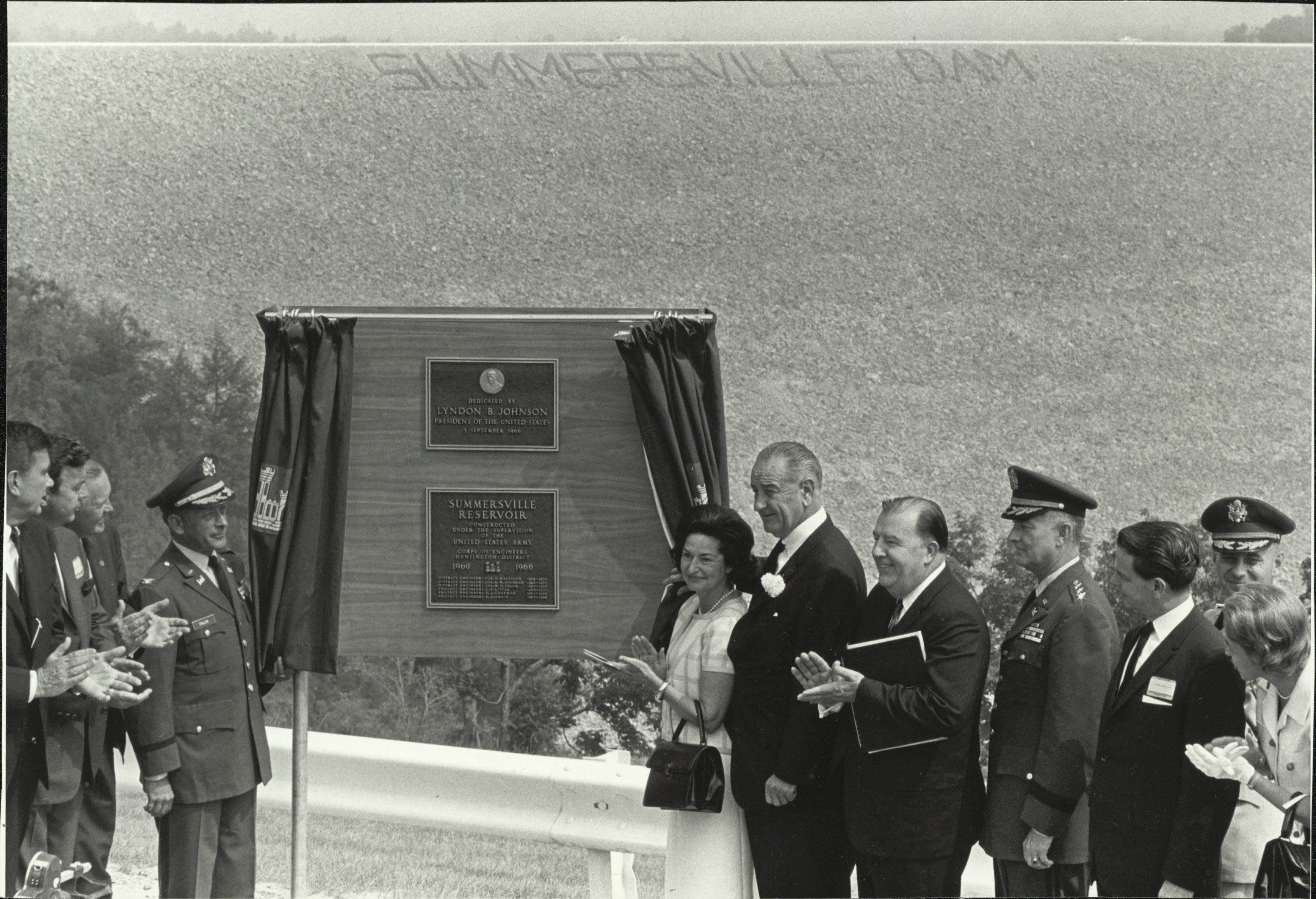
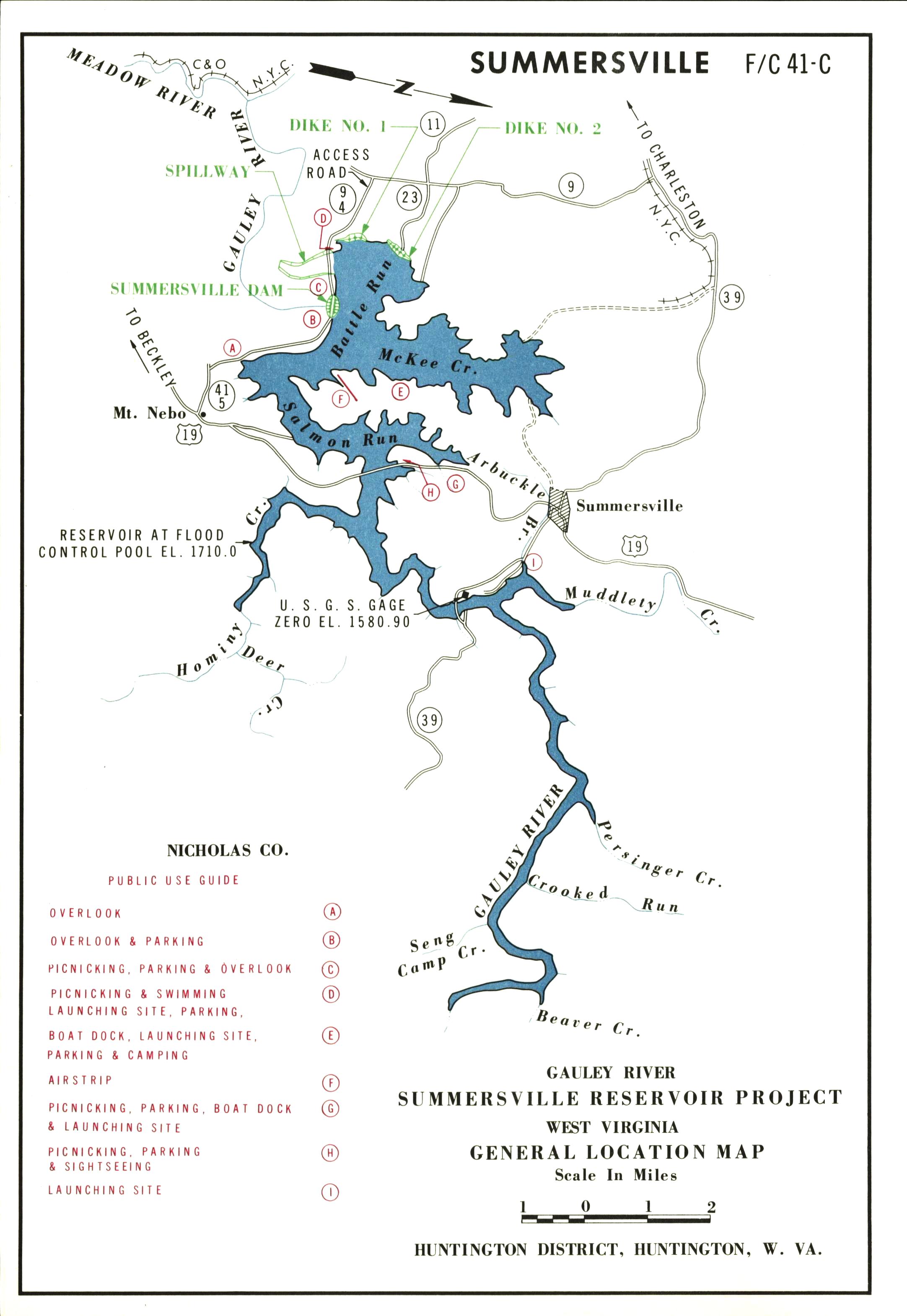
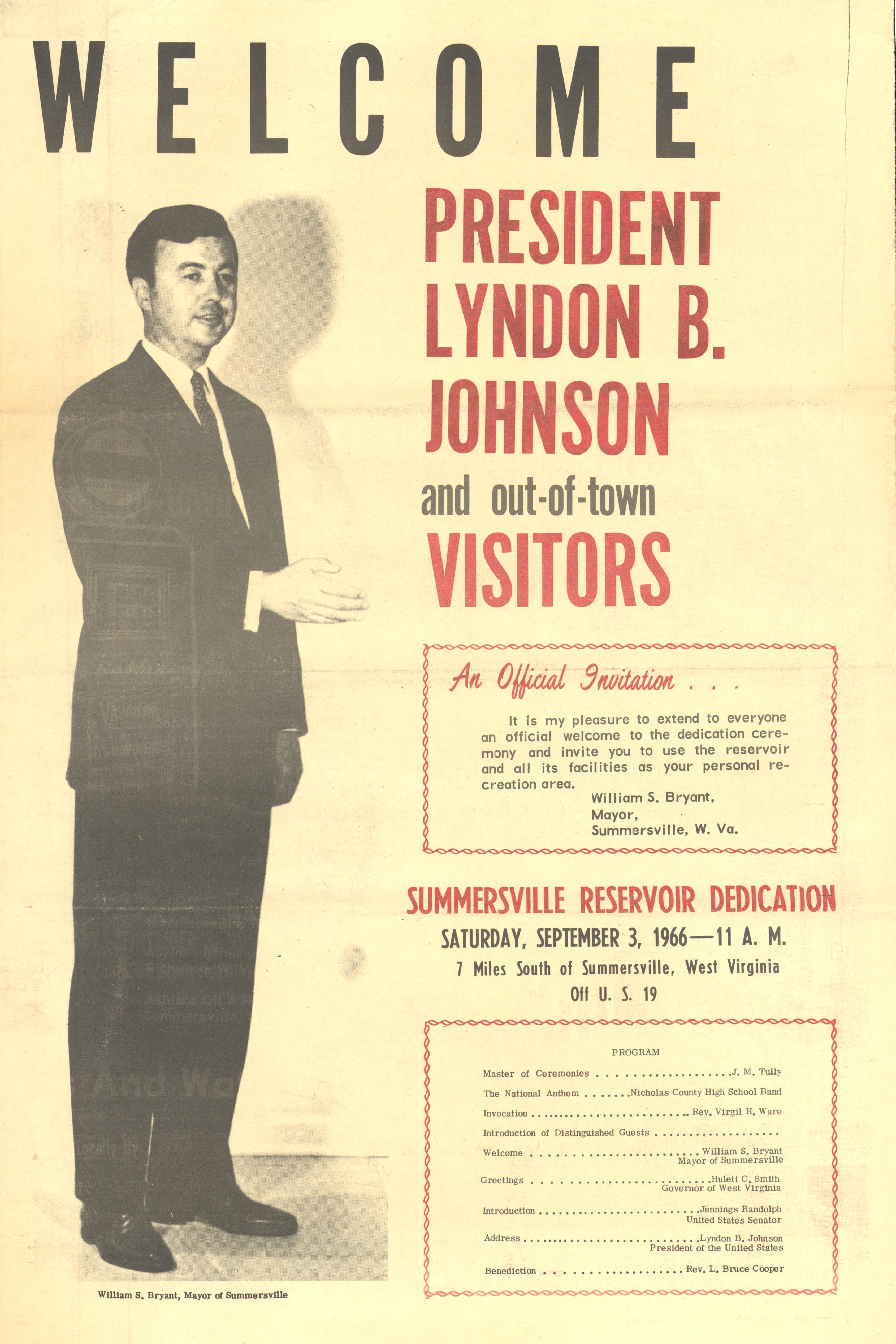
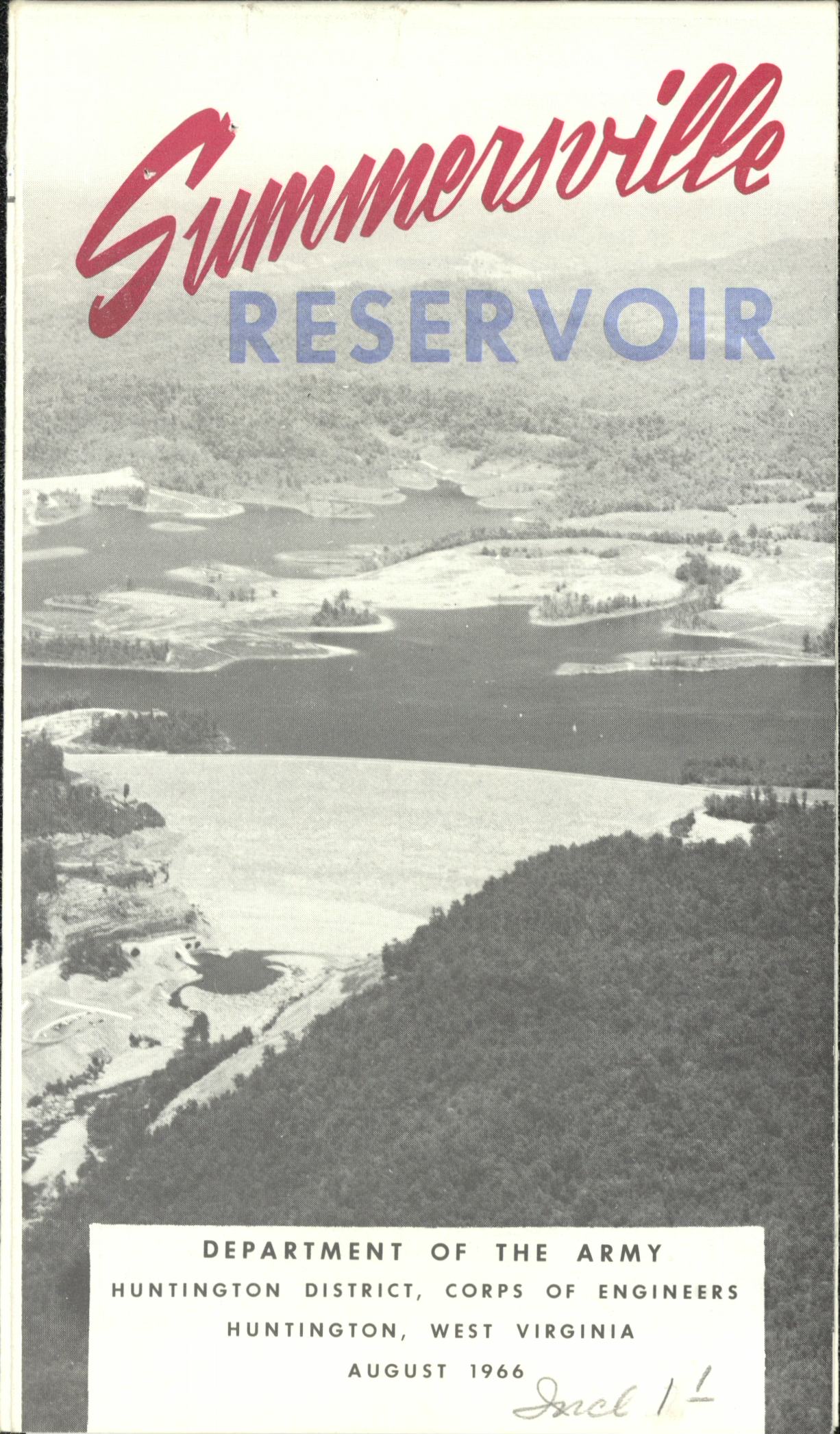
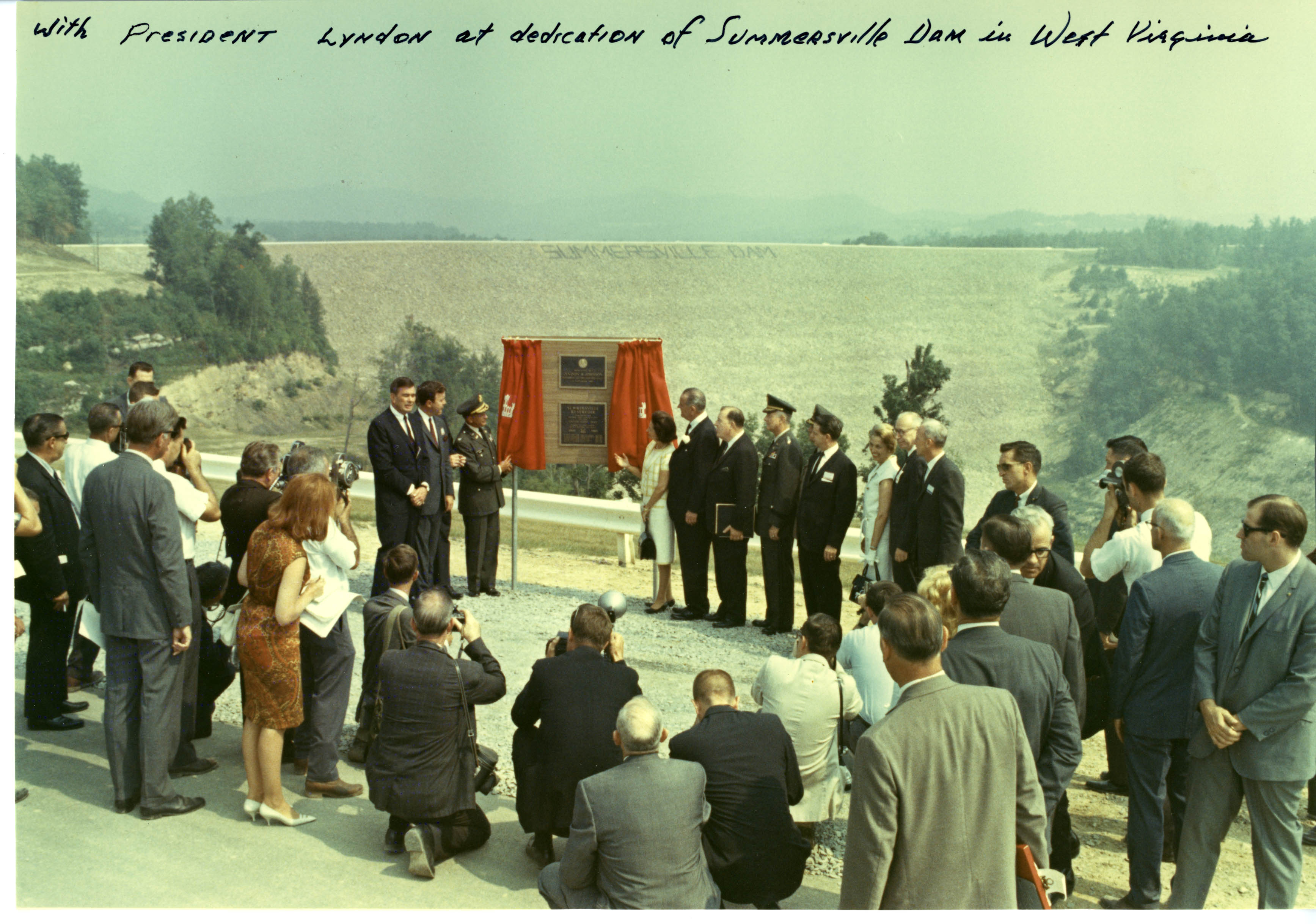
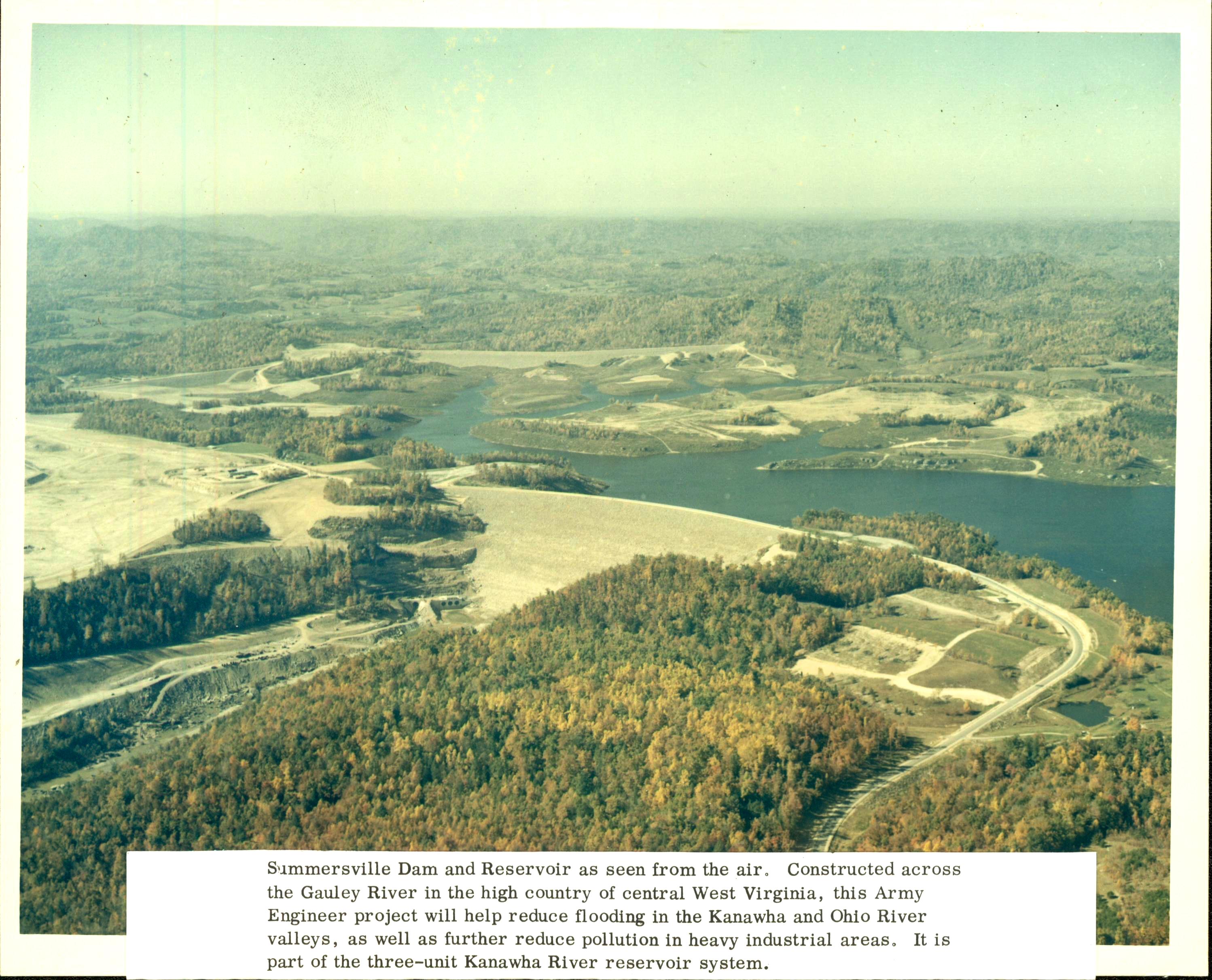
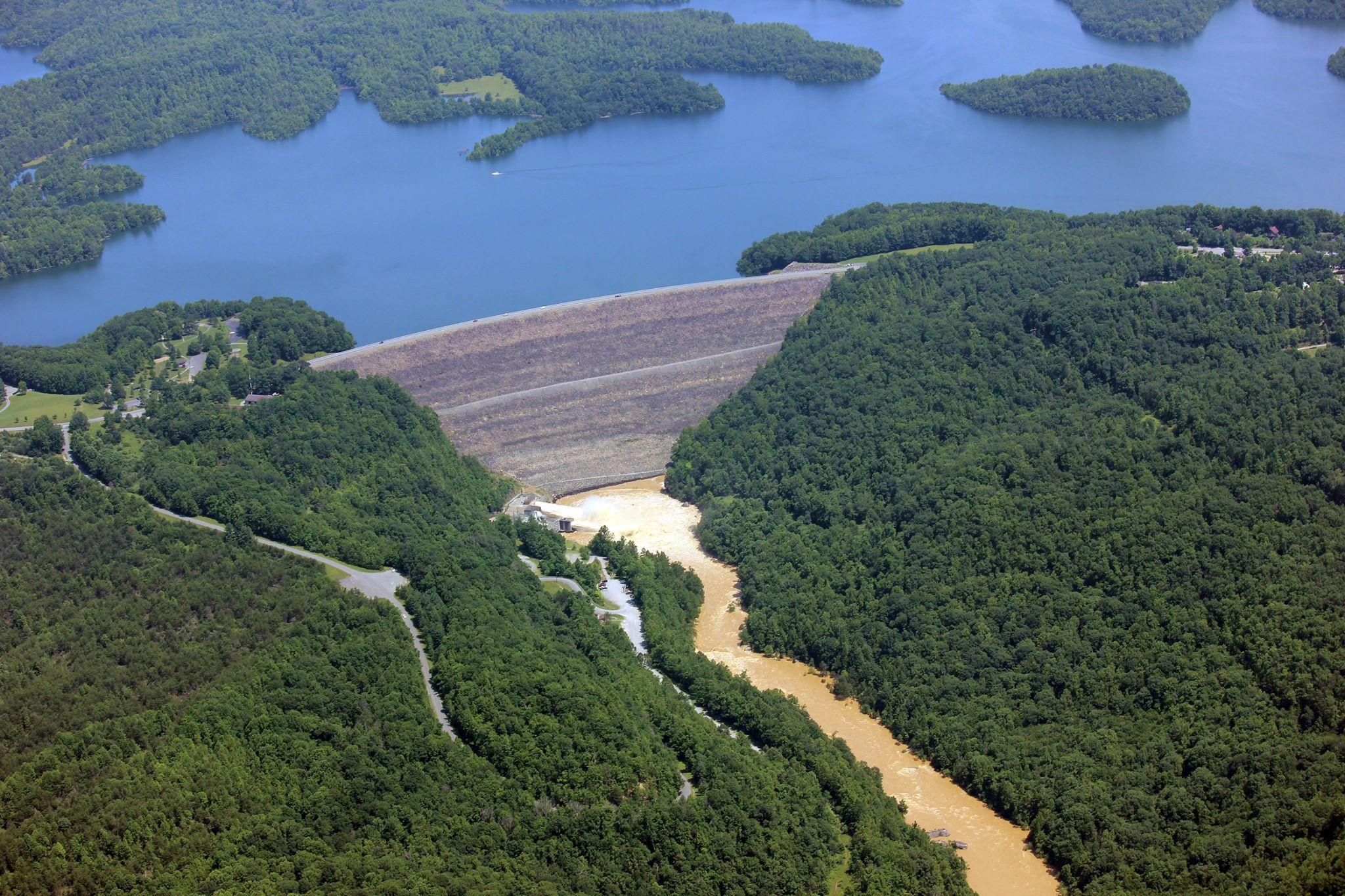
 RSS Feed
RSS Feed
